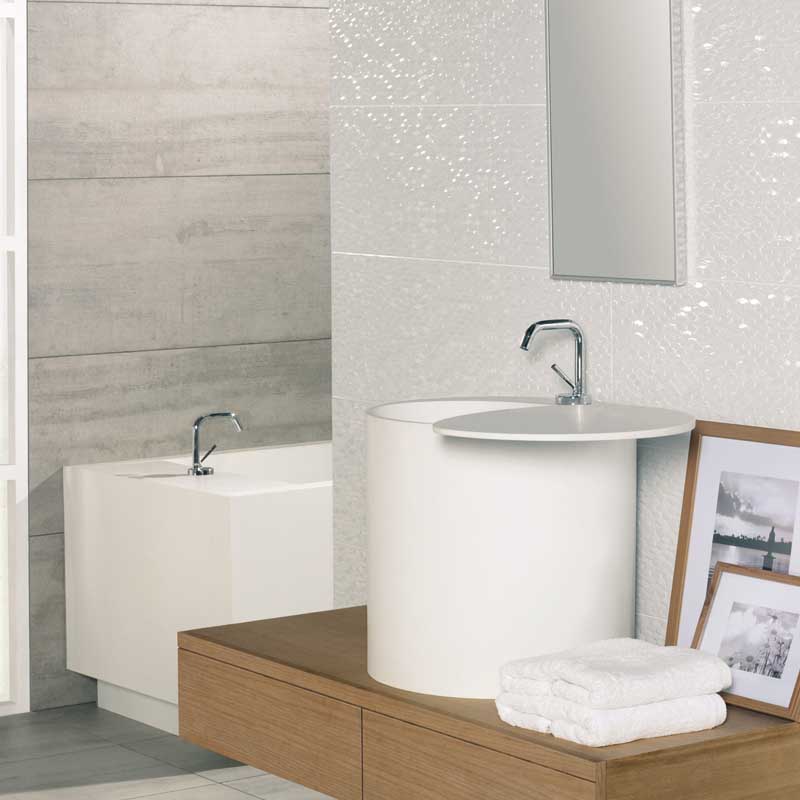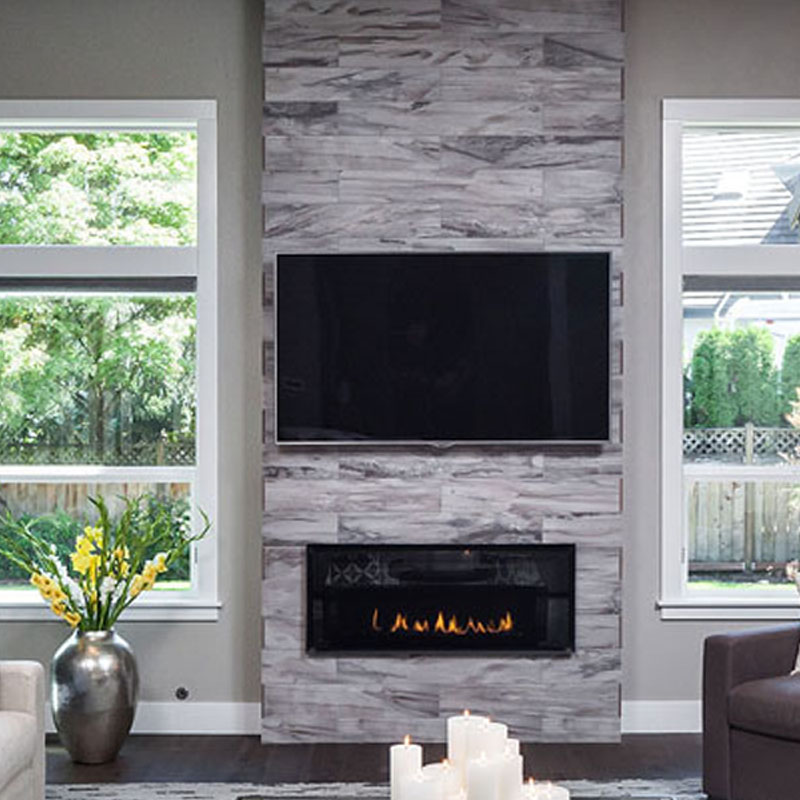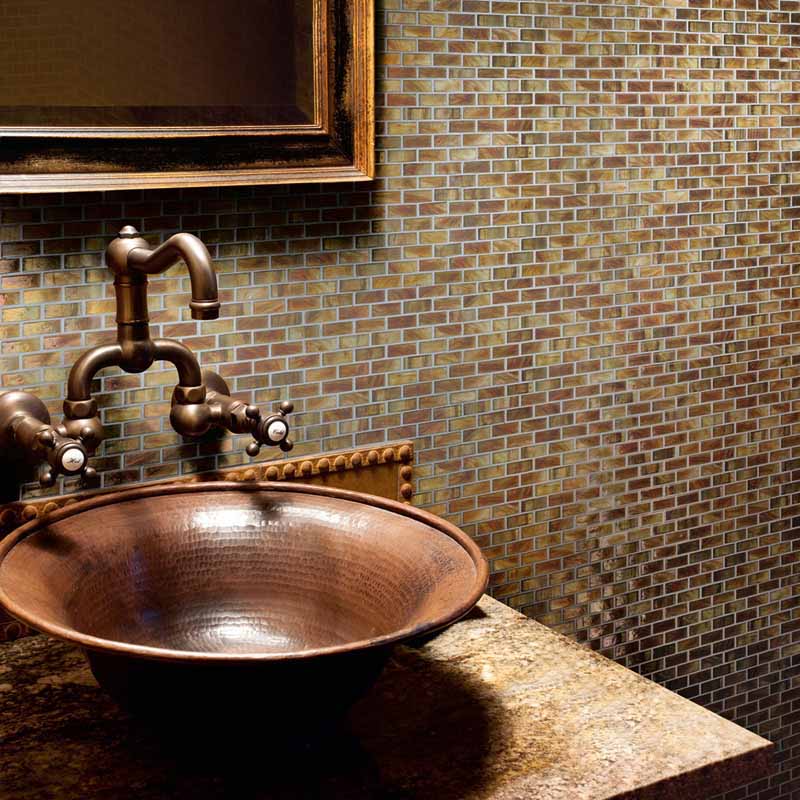Prepping Your House For The Remodel
The more prepared you are, the less surprises you will get.



For the least amount of headaches, it is ideal to create multiple plans which can be used as a reference by your contractors throughout the project. Some of these are as simple as a list per room, others may require a little diagram and even inspirational pictures.
The following plans are what is recommended for most residential remodels (this list is not exhaustive but a good starting point,)
Considerations
Overall Project Plan
Living document that changes as the project evolves; includes
- Timelines
- List of activities per room
- Order in which activities need to be completed in order to ensure that contractors are not working over each other and that no one is standing around doing nothing.
- Who will be doing what and where?
Contact List
Which includes,
- A list of everyone who will be working on site and their telephone numbers and work hours (if applicable.)
- Emergency contact numbers
Electrical Plan
Which includes
- Location of light switches, sockets, extractor fans etc.
- Electrical requirements of all appliances (to ensure adequate power when they get installed.
Plumbing Plan
Which includes
- Location of vanities, toilets, faucets, appliances etc.
- Water/waste requirements of all appliances (like fridges etc.)
Tile Drawings & Floor Layout Plan
San Diego Marble & Tile can help you with this plan
Plan Per Room
Which includes
- Which tile gets installed where
- In what pattern it should be laid
- Which tile grout should be used
- Any heated /radiant floor requirements
Helpful Tips & Tricks
- Make sure all utilities are turned on or no one can work.
- Get an outhouse (portable toilet) for a couple of months with weekly cleaning. Have a hose and adequate trash receptacles on the premises. Trust me, you’ll be so glad you did these things.
- Signs posted to clean up daily, do not leave food, wrappers, etc, remove anything toxic daily and unplug tools. Reasons – food draws in coyotes, rats, etc. Toxic waste because they will tend to pour on to your soil or a neighbors animal might eat it and die. Unplug tools because it’s a safety hazard, draws electricity and fire hazard.
- If on propane, then all appliances including your dryer will need a propane adaptor.
- Have the electrician check your panel to make sure (in advance) that you have room for the heated flooring, additional lighting and any appliance that will need its own circuit or something other than standard plug voltage. Better to upgrade asap before it holds up the work.
- Have an emergency contact and a neighbor with a key in case you need someone to lock-up and/or someone to run over for small things (deliveries) in your absence. Having this option is terrific because you won’t have to drive an hour on Saturday or rush if someone can just stop by to handle for you.
- Designate an area for all the plumbing (fixtures, sinks, appliances, etc.), so things don’t go “missing”. If they are all in the same place and you have an inventory, than it’s hard for the workers to claim that a drain or something was never there.
- Designate who is to lock up and open daily. The guys will leave with everything wide open if you have not specifically told them to lock up. Also, people will get locked out because someone took off. A lock box is the best way to deal with all the comings and goings, then last man out has to lock up the ENTIRE house.
- Check your homeowners policy for any type of worker related injury rider, fire and water damage. This is just a easy, wise precaution in case someone is not covered by accident, injury, liability or worker’s comp. Just peace of mind to know you’re covered if someone injuries themselves, a pipe bursts or a fire occurs. We are going into the dry season and most people are unaware of the dangers of dry brush, etc.
- Get at least two fire extinguishers for the house upon the commencement of construction.
- Post your cell phone numbers in the house. This is in the event that a worker cannot reach their boss, injury, accident and/or if someone forgets your number. Happens all the time.
- Provide all appliance, counter-top and other templates/specifications prior or upon start of work.
- Put each contractors contact number on a posted list inside the house, just in case the framer has an electrical question, etc. No decisions should be made without you, but there are a lot of issues such as what size pipe is the plumber running, etc. The trades can ask each other rather than calling you continually.
Final Thoughts
- Remember, the more trips your tradesman make out to do things out of order, the more they will charge you. It’s imperative that the Project Manager has told the guys where to start as well as what to do, so people are not causing more work by damaging each other’s work.
- Don’t try to cram too much in a small space or someone will get hurt or you’ll pay twice for the same project because someone did their work out of order.
- Use your space wisely; you cannot have people making dust while drywall and paint are being done or you will ruin the walls. Rooms such as the kids bath, laundry, powder room, the master can be underway while this is happening because they may be behind closed doors. Your plans can also move people up or down stairs as needed.
- Your goal should be that everyone works quickly, efficiently, safely and correctly and that all parts are ordered in advance.


